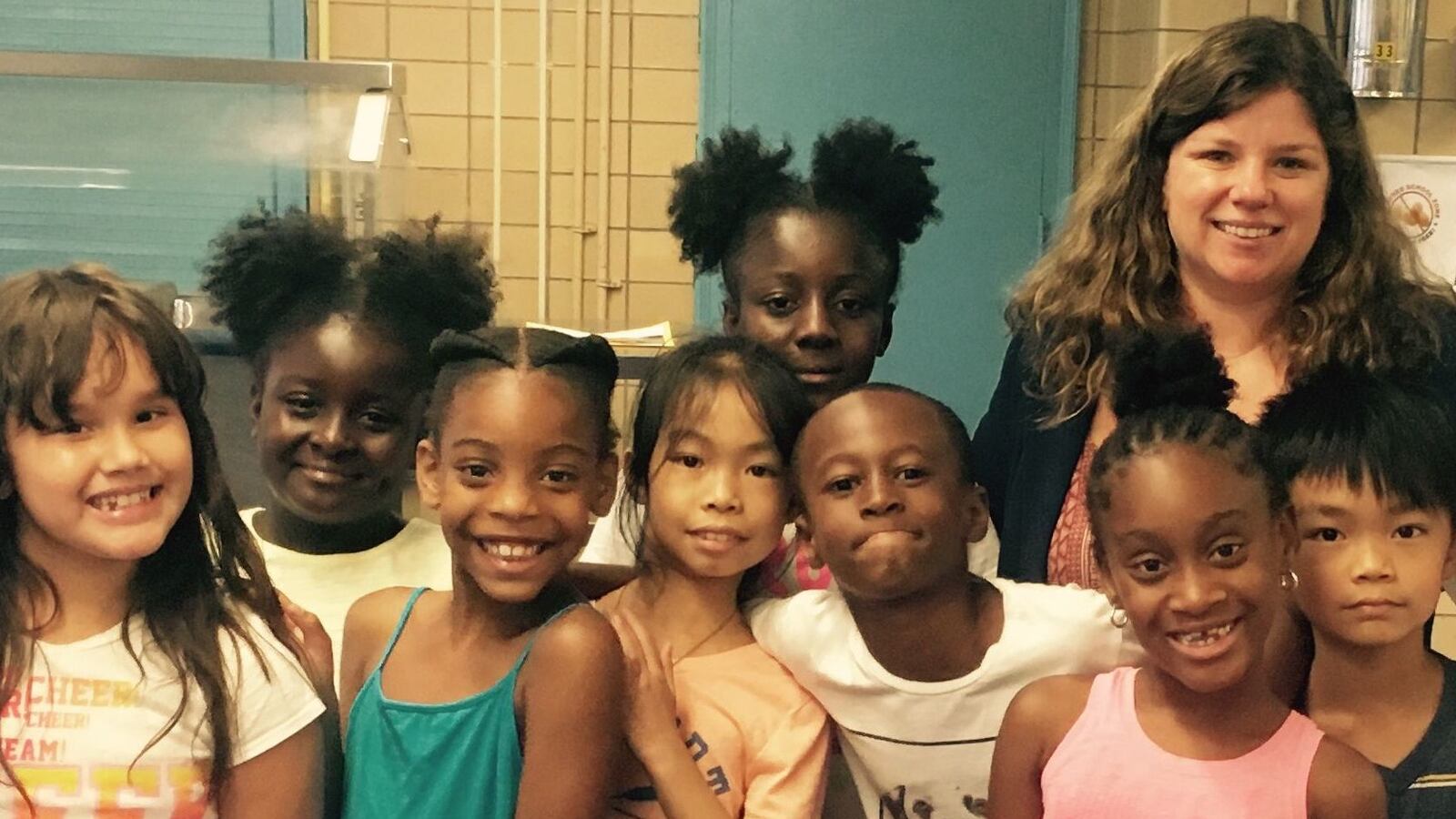In my 12 years as an educator, the toughest moment came exactly a year ago, when my school was designated as one of New York City’s 27 “persistently dangerous” schools.
Many of my students and their families face overwhelming odds every day, so as their principal I was distressed by the notion that my staff and I were failing in the one place where they should always feel protected and supported. Despite the clear flaws in the state’s designation of what classifies as a “disruptive” or “violent” incident, the designation presented a critical opportunity for change within our school.
From the outset, my staff and I knew this wasn’t a challenge that could be resolved with more rules and a more punitive disciplinary code. We know our students and the challenges they might face in math or English class pale in comparison to those they encounter outside of school. Some students who struggle with stress or anxiety lack the resources to channel those emotions or to express them in a constructive way.
The solution, although daunting, was clear: P.S. 191 would have to transform itself into a school that emphasizes the social-emotional needs of our students as much as their academic development.
Throughout this past school year, my staff worked tirelessly to put a new support structure in place. Among other measures, we implemented a school-wide, whole-class incentive system that offers students positive reinforcement for strong behavioral or academic performance, while also allowing teachers and staff to track and communicate about students’ academic and social-emotional progress. We created student support teams comprised of a guidance counselor, social worker and school staff, each team worked with teachers, parents and students in a specific age group, to implement a social-emotional curriculum.
The consistent communication and collaboration around student needs is the cornerstone of our school’s new culture. Specifically, the social-emotional curriculum creates an opportunity for students of all ages to learn about their emotions in a safe and supportive environment, and for our staff to proactively identify and address any emotional issues. We can’t expect our students to change their impulses and behavior unless we truly teach them how, using the same patience, persistence and dedication we use to teach other subjects.
Eventually, our teachers, students and parents began communicating like never before, coming together as a community with a shared common purpose and vision: understanding the unique needs of every child and finding ways to help them succeed.
With the dedication of our school community and support from the Department of Education, we have accomplished our goal. A year after we were designated as a persistently dangerous school, P.S. 191 has been removed from the list.
Improving the culture of a school takes hard work, collaboration and a commitment to addressing underlying challenges. We have a lot more work to do, but as a school, we have taken a tremendous step forward in equipping every student with the tools they need to overcome those challenges and thrive.


